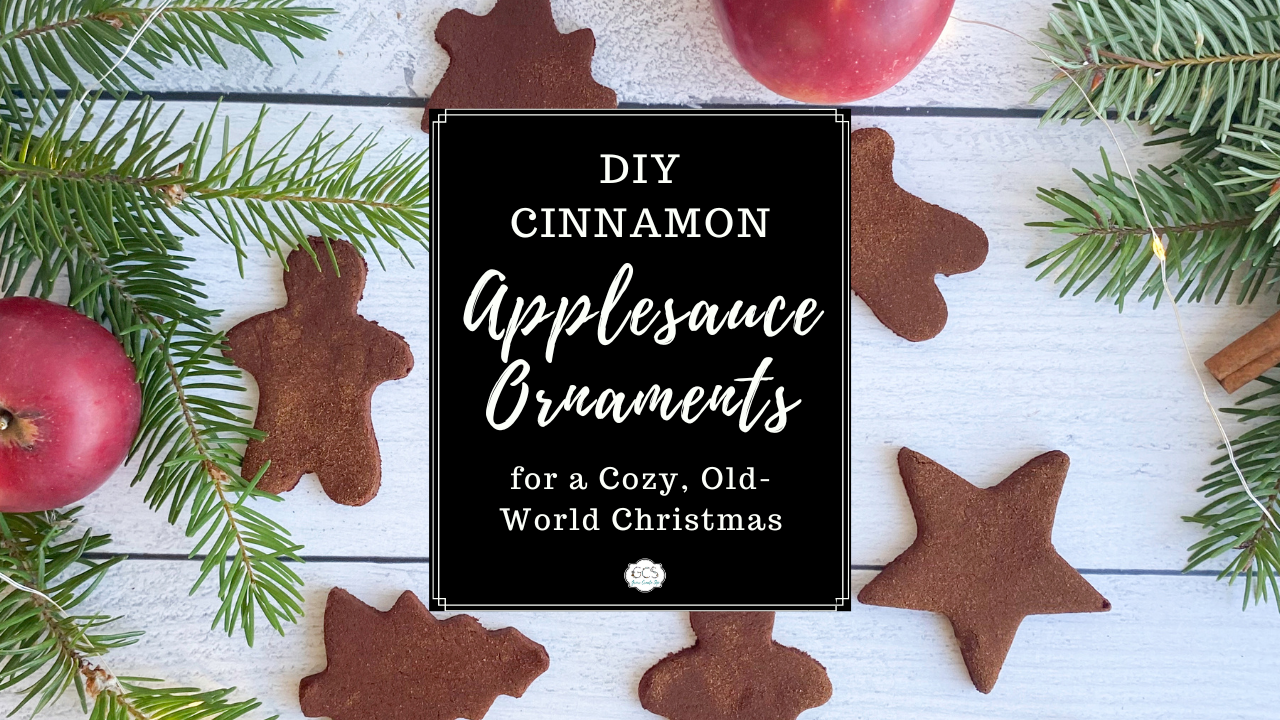A Guide to the Ideal Kombucha Temperature & Heating Options
Mar 28, 2023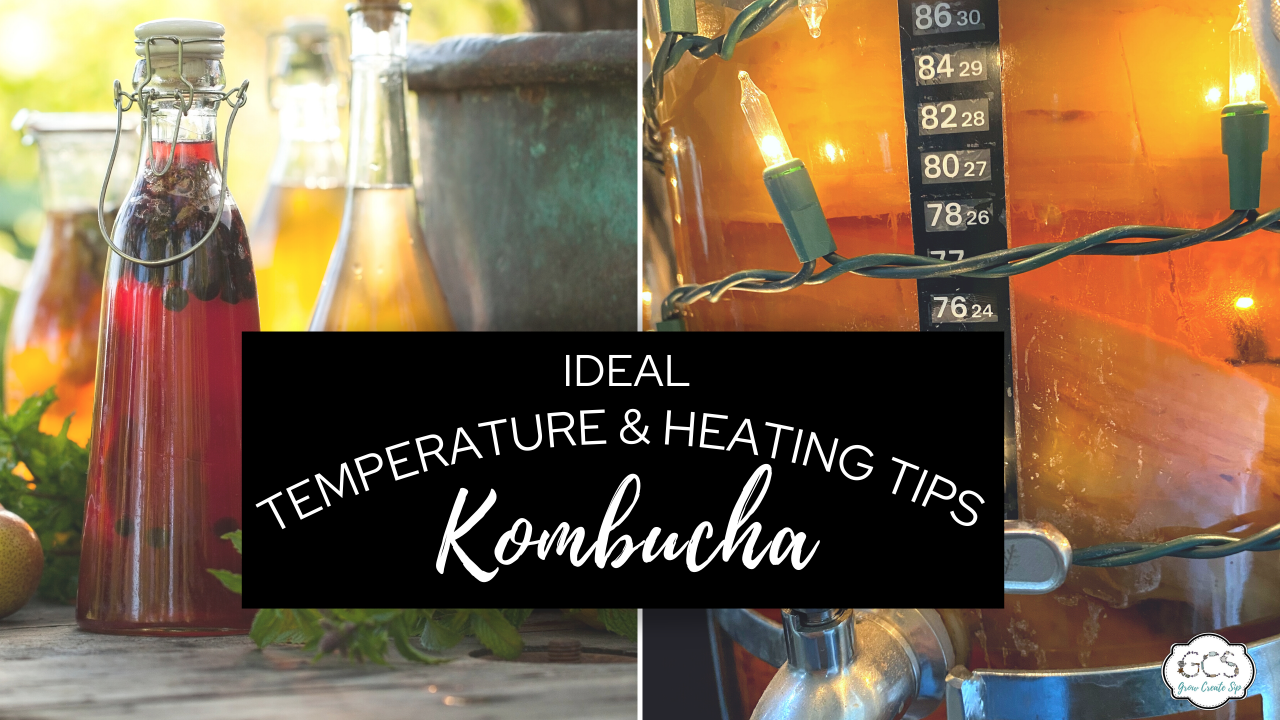
When it comes to making kombucha, temperature and time both play important roles in the process.
The results of kombucha fermentation vary with the application of different temperatures. The kombucha temperature environment may also lead to variables in the number of days required for proper fermentation to take place.
Kombucha and the scobys required to make it are finicky. Keep them at a temperature that is too cold or too hot, and you might run into problems. Temperature factors also affect those among us who run out of patience and prefer a good kombucha made fast.
Let us help you make sure that your kombucha and scobys thrive. Keep reading for a guide to getting your kombucha to the right temperature and keeping it there!
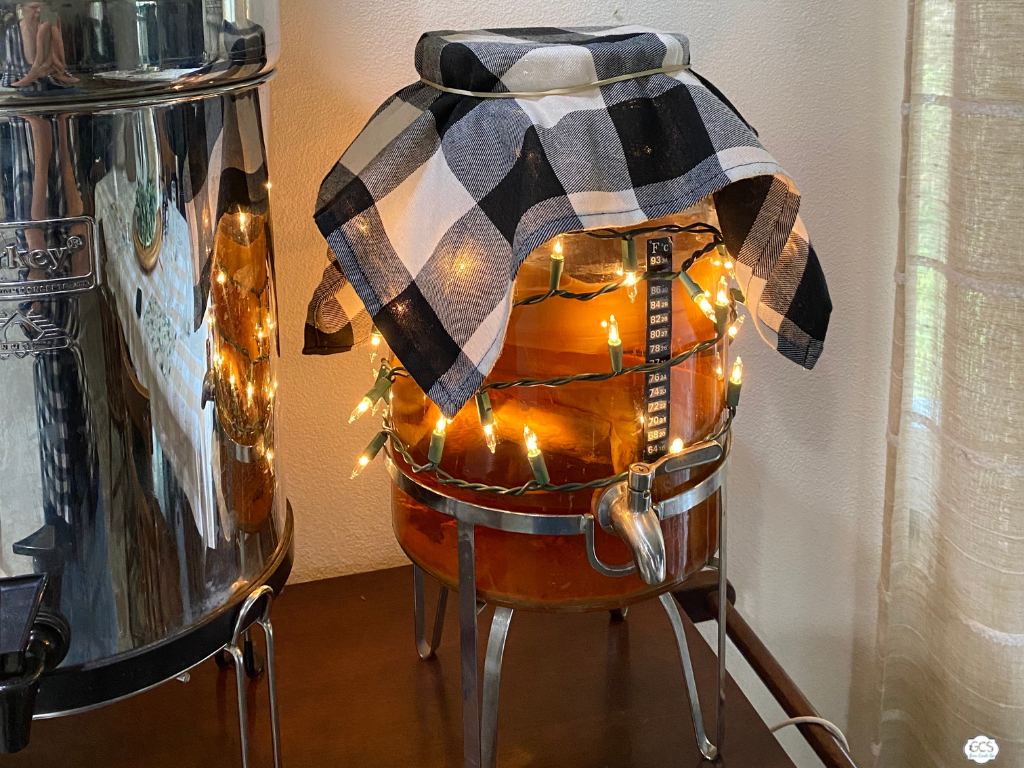
The Ideal Kombucha Temperature
Brewing your own kombucha is a beautiful symphony. It requires the right type and amount of sugar and tea, a strong scoby, and some patience to let it ferment. When all of these things come together, the result is glorious!
But there is another important part of this symphony—brewing kombucha at the correct temperature. Keeping kombucha at the ideal temperature is important and it will help home DIY kombucha brewers avoid some common kombucha issues.
The ideal brewing temperatures for kombucha are between 68°F and 78°F (20°C to 25°C). Keeping the temperature at the warmer limit will speed up the processing time.
Brewing kombucha up to 85°F (29°C) is possible, but the result will be a stronger-tasting kombucha.
Why Does It Require These Temperatures?
When brewing kombucha at cooler temperatures, the result is a weaker and sweeter, and potentially moldy kombucha. When brewing at warmer temperatures, some of the bacteria will die off or become weaker, and your kombucha may have a strong vinegary, or yeasty flavor.
As long as your kombucha is not moldy, it's safe to consume, but it doesn't mean you will have an enjoyable kombucha. For best results, stay within the recommended temperatures, and you can adjust accordingly, depending on your preferred kombucha options in flavor or strength.
A kombucha brewed at the right temperature will also provide more kombucha health benefits.
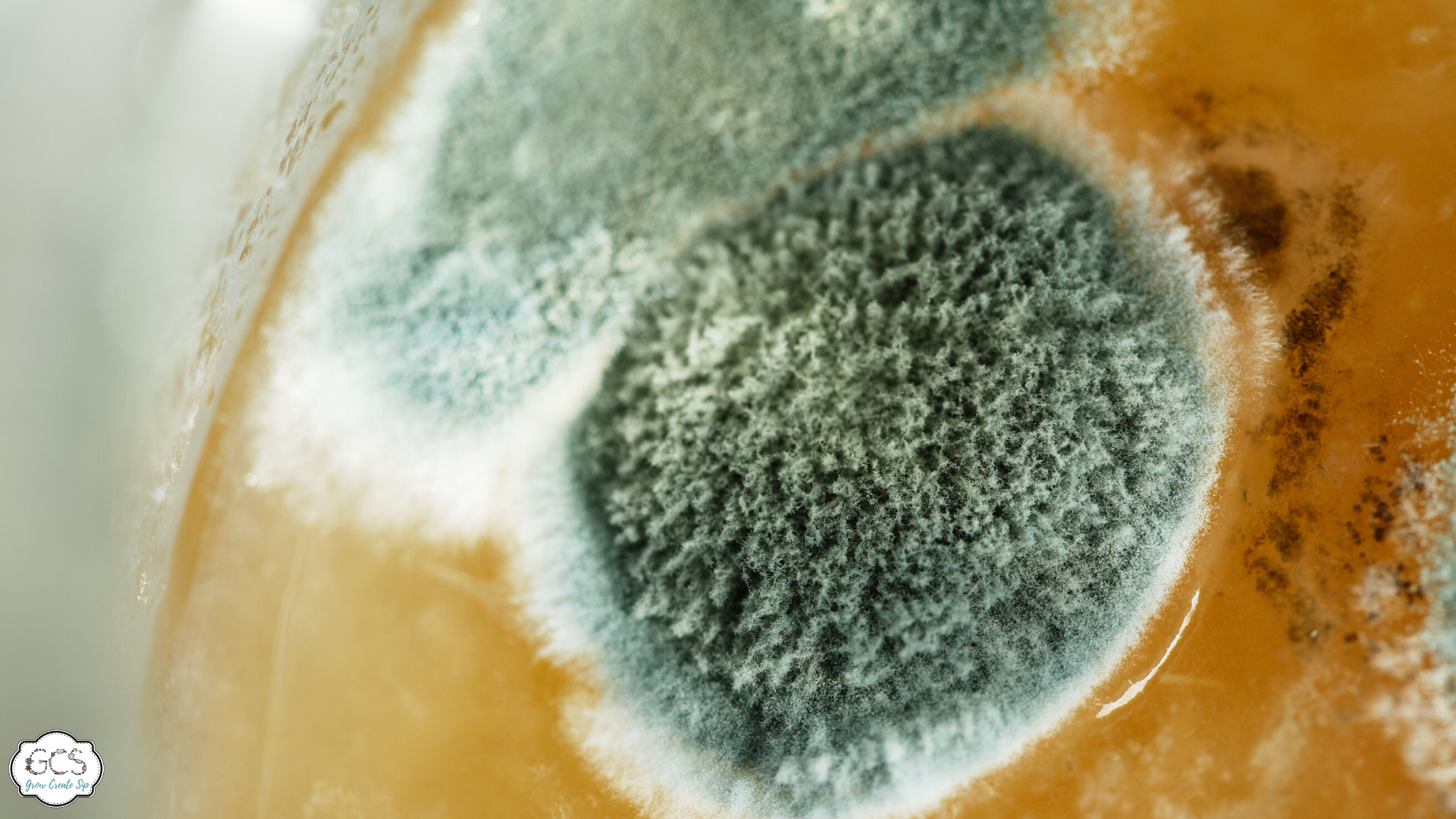
Is Faster Brewing Better?
We know that a warmer kombucha fermentation temp means a quicker fermentation period but there are both advantages and disadvantages to speeding up the process.
One obvious advantage is you get your kombucha quicker. You spend less time waiting for the final kombucha and more time drinking it! Waiting for two, three, or four weeks is too long for some people. They want their kombucha—and the faster the better.
There are, however, some disadvantages. Because the fermentation process happens in stages, a slower fermentation means more developed flavors. Faster brewing means drinking kombucha that is more vinegary, and stronger-tasting.
A higher brewing temperature, and therefore a faster brewing time, will make it difficult to catch the window between a perfect kombucha and one that is not palatable. If you miss this window, you may have lots of kombucha vinegar on hand, which is lovely for marinades, salad dressing, and even as a household cleaner!
What Happens When Kombucha Is Too Cold?
In too-cold temperatures, several kombucha issues could arise.
With lower temperatures, the fermentation process slows down, and can potentially be halted altogether. This drastically slows down the brew time. Instead of a 10-day cycle, this may increase to four weeks to get the taste you prefer.
Another problem with too-cold kombucha brewing is the appearance of unwelcome mold. Active kombucha bacteria produce the right amount of essential acids. When this bacteria slows down at temperatures under 20°C, this puts your kombucha brew at risk for mold.
Moldy kombucha is NOT safe to drink and the batch will have to be tossed. Not sure if your kombucha is moldy? Click here to learn about the signs of mold in a kombucha brew.
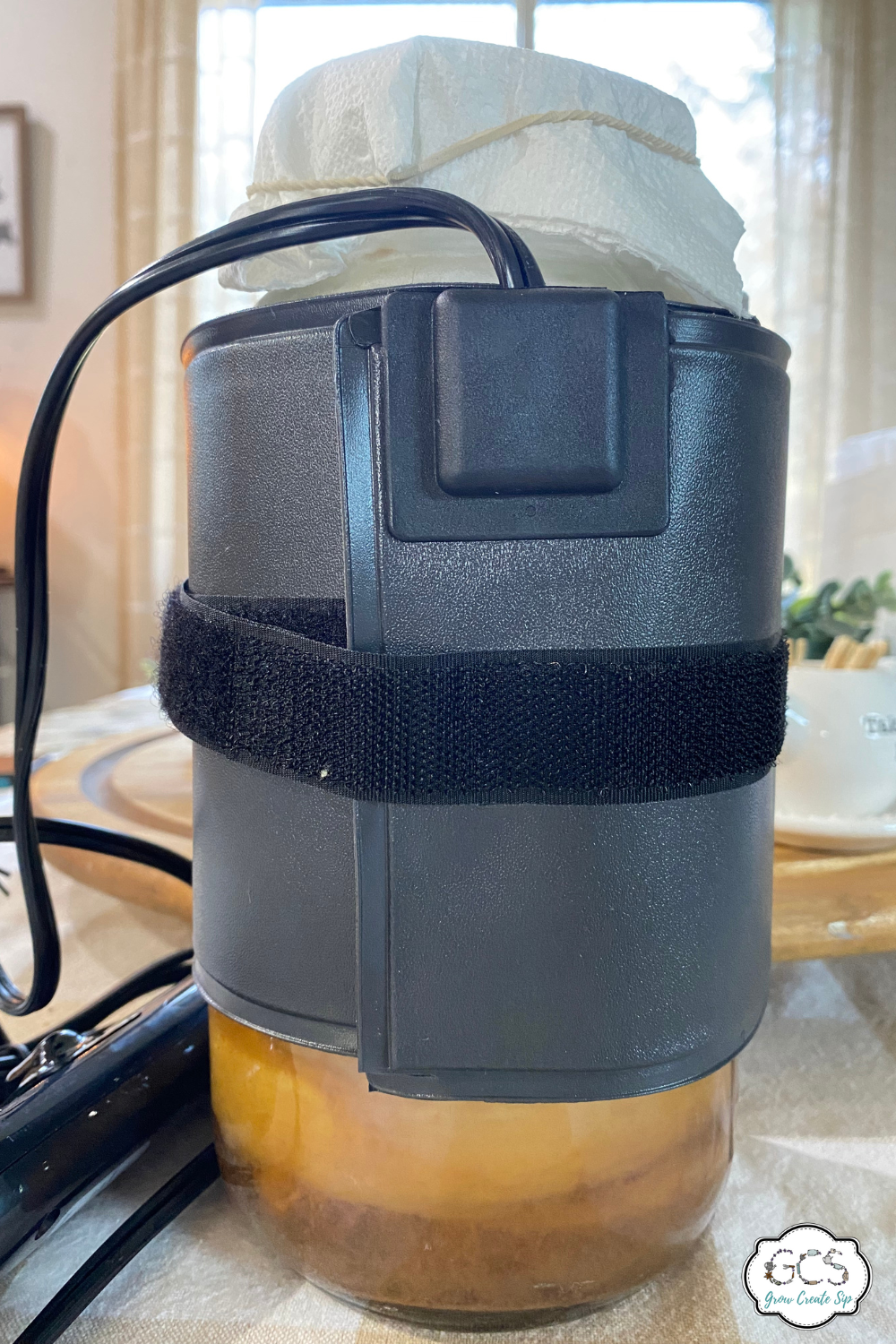
Ways to Keep Your Kombucha Warm
To get and keep your kombucha brew to stay warm enough, you don't have to blast the heat in your home or even in a single room. There are other, more efficient ways of getting your kombucha to ferment at the right temperature.
Heating Mats
Many kombucha brewing supply companies offer kombucha healing mats.
Kombucha heating mats and pads are wonderful inventions that keep your kombucha brewing at the correct temperature, without heating your entire home! These mats are plugged in and use targeted heat that warm up the brewing vessel.
There are different models available for kombucha heating.
A manual control model allows you to control the temperatures by manually moving the heat mat further away from or closer to the brew. It has a variable length so it accommodates most jar sizes.
A year-round system with a dimmer that allows you to set the temperature with a sliding mechanism, that requires adjusting from time to time. This model offers even heat distribution with its adjustable velcro strap and adhesive thermometer strip.
A "set it and forget it" model that has all the features of the other models, but has a handy thermostat. The thermostat will make sure that the temperature stays consistent. This is particularly useful for long-term brews, such as this continuous brew kombucha.
Keep It in the Warm Spots
There are a few spots in your home that are warmer than the rest for kombucha storage, even in winter. You could place your kombucha:
- On top of a warm appliance, like the refrigerator
- On upper shelves or another high spot in your home because heat rises
- In the warmest room in your house—bathroom, laundry room, etc.
- In the oven with the light on (the oven light creates a gentle heat)
Use a Towel
Wrap your brew in a towel and place it in the warmest location in your home. You could also wrap a hot water bottle in the towel and change as needed.
Christmas Lights
Another recommendation is to wrap a string of Christmas lights around your brewing vessel. This technique is said to bring up the temperature by a few degrees. They also add a special ambiance to your kitchen decor and a wonderful twinkle during the nighttime, plus they are highly affordable and most of us already have them hidden away in storage! We use Christmas lights here on the farm with our wood-only heat and it does fabulous in our temperate climate. Those in colder climates that see a lot of snow and ice in the winter may want to look at the other heating mats mentioned above or add additional strands of light.
The Kombucha Brewing Temperature Matters
Getting and maintaining the correct kombucha temperature is one of the necessary elements for a delicious and delightful kombucha result. Whether you use Christmas lights, heating mats, towel wraps, or just the steady temperature in your house, there are a great many ways to affect the temperature of your kombucha in order to keep that mold at bay! We love to share our passion for kombucha so that all home brewers can enjoy the process (and the result!) as much as we do. For everything you need to know about the kombucha-making process, grab our free kombucha workshop.
I'm curious if you already brew your own kombucha at home which method of heat are you using? Will you share with us down below, along with any tips and tricks that you have found to help your brewing process along? Together we can help each other make the best homemade kombucha possible!
Read More About Kombucha
- Your Kombucha Sugar Questions Answered
- Does Kombucha Contain Alcohol?
- Continuous Brew Kombucha
- Herbal Kombucha, can it be done?
- Kombucha Bottling & Flavoring Guide for 2nd Ferments
- How to Brew Jun (Green tea & honey Kombucha)











